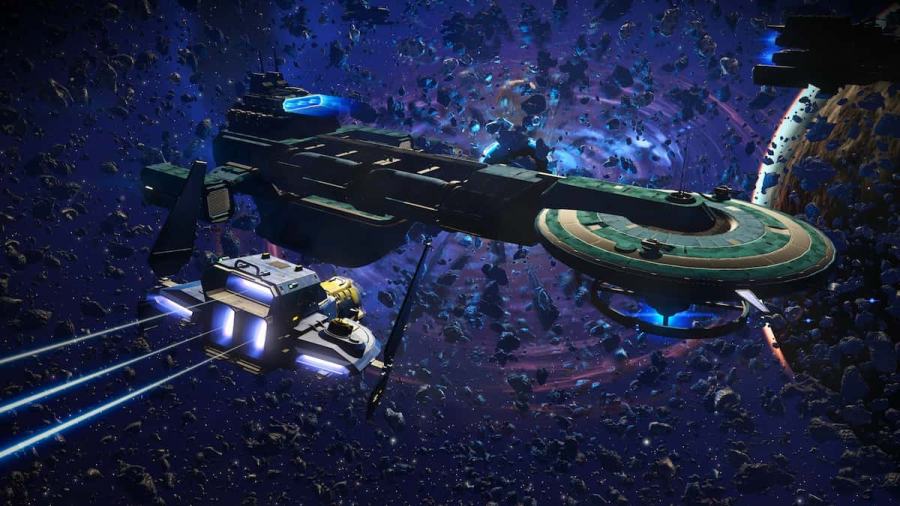No Man's Sky is one of the most famous space exploration/survival games. The main selling point of the game, when compared to other titles in the same genre, is its humongous universe and galaxies that are possible due to the procedural generation algorithm. The developers and many gaming pundits have even estimated that the game contains 18 quintillion planets and would take around 584 Billion years to explore every one.
What is the different ecosystem in the universe?
No Man's Sky follows and mimics the ecosystem of our universe, which means there is a single universe that contains galaxies that, in turn, has star systems, planets, and so on. Look at the complete distribution of the hierarchy given below.
Universe > Galaxies > Regions > Star-Systems > Planets/Moons.
Total Planets, Galaxies, and Star-System in No Man's Sky
| Type | Number of Entities |
| Total number of Universe | 1 |
| Total number of Galaxies | 255 |
| Total number of Regions | 4.2 Billion |
| Total number of Star Systems | 2.2 Trillion |
| Total number of Planets & Moons | 18 quintillion or 18,446,744,073,709,551,616 |
All different types of Galaxies in No Man's Sky
All the galaxies in No Man's Sky can be roughly divided into four groups.
- Empty or Exhausted
- Lush
- Norm
- Harsh
All different types of planets in No Man's Sky
All the 18,446,744,073,709,551,616 planets in the game can be classified into eleven different Biome types.
Related: How to save in No Man’s Sky – Autosaves and Manual Saving
| Planet Type | Features |
| Lush | An ideal planet for living filled with resources, temperatures, flora, and fauna like Earth. |
| Barren | The second best planet for living contains everything similar to the lush, but only lacks in terms of plant diversity. |
| Dead | As the name suggests, they do not have any living things like plants or animals due to the lack of atmosphere. The only good part is they are rich in minerals and resources. |
| Exotic | They will have something unique to them. It can be the shape of the planet, animal/plant varieties, or the element for mining. |
| Mega Exotic | An Exotic planet will be considered a Mega Exotic if large portions of its world have Exotic/unique contents. |
| Scorched | The planet will have a high atmospheric temperature due to a large amount of sulphuric, Solanium, and phosphoric content. Not at all suitable for living and can only be useful for gathering the prescribed resources. |
| Frozen | Similar to the biome of the scorched planet but has temperatures ranging in the opposite range. Extremely Useful for collecting resources like frost crystal, dioxite, and radon. |
| Toxic | Everything on the planet, from the surface to the plants growing on it, will try to poison and kill you. You can explore and mine resources like ammonia, nitrogen, and jade peas. |
| Irradiated | Similar to the toxic planets, radiation is the main thing trying to kill here. The planet is best for gathering uranium and other radioactive resources. |
| Marsh | The planet has a large number of caves and is damp. It has a rich range of plant diversity and the resources found are inconsistent. |
| Volcanic | As the name suggests, the planet has a lot of rocky and sloppy terrain with tons of volcanoes erupting constantly. The resource pool is a bit similar to the scorched. |
For more information on No Man's Sky, check out How to recruit your own Squadron in No Man’s Sky and No Man’s Sky: How to get Activated Copper on Pro Game Guides.
